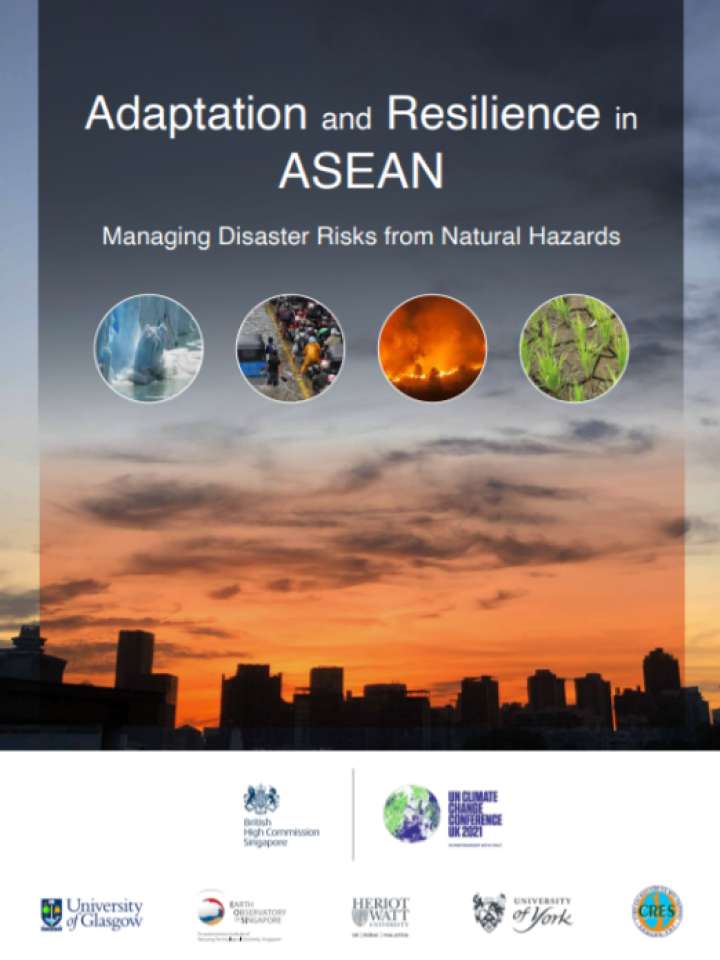Adaptation and resilience in ASEAN: Managing disaster risks from natural hazards
This report presents the hazards, exposures, and vulnerabilities that the ASEAN region is experiencing, and highlight strategies, including some related to climate change adaptation, to reduce disaster risk and increase resilience at the sub-national and national levels as well as in transboundary contexts. Climate change is an existential threat to the countries forming ASEAN. These countries are already exposed to a wide range of natural hazards that have had serious consequences for people, infrastructure, and the environment. Climate change will intensify some of these existing hazards and generate new threats, creating cascading impacts across people and places. To make ASEAN more resilient to the consequences of climate change, there is a strong need to (1) address the region’s disproportionate exposure and vulnerability to natural hazards and (2).use best practices that have been developed to reduce risks from natural hazards and climate change.
This report finds that there is a diverse set of vulnerabilities affecting the ASEAN region. Firstly, built environments have become vulnerable as regulations designed to address past hazards may no longer be adequate in a changing climate and hazard landscape, or with changing standards of living. Secondly, ecosystems are becoming increasingly vulnerable due to unchecked urbanization, monoculture and aquaculture, deforestation, overfishing and intensive exploitation of natural resources. Food production dependent on the environment are particularly at risk. Thirdly, social vulnerability is also a major concern with significant poverty rates, marginalization, and weak safety nets. Advances in human development and reducing poverty are highly susceptible to stresses and shocks affecting poorer people the hardest. The diversity of contexts, vulnerabilities, and governance structures call for strong mechanisms for ASEAN countries, cities, and communities to learn from. ASEAN countries must support each other in terms of planning, financing, and leveraging nature-based solutions.
Explore further
